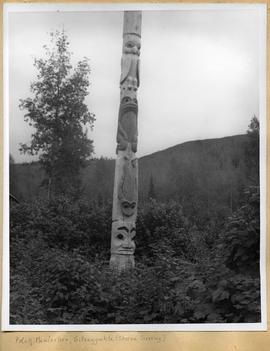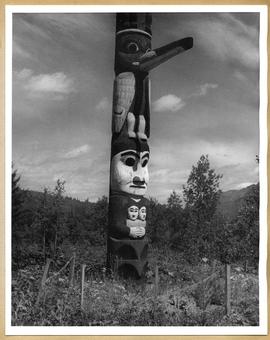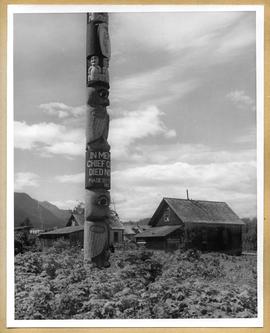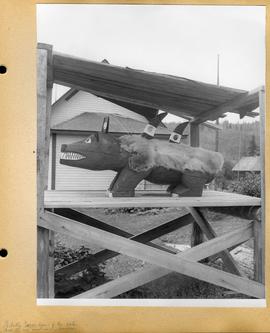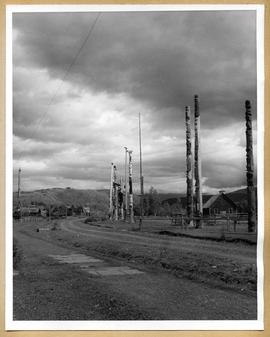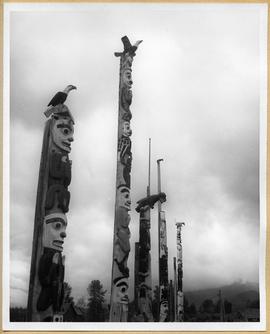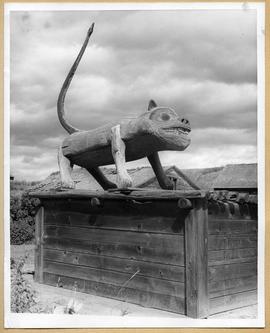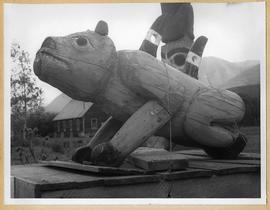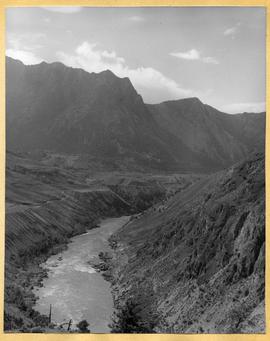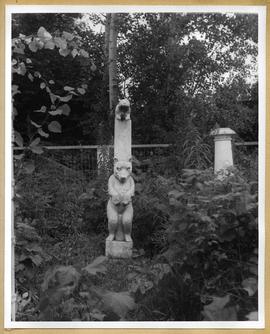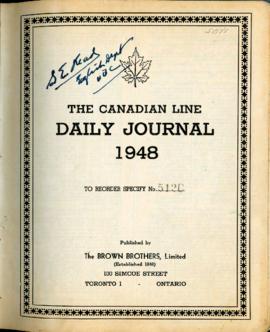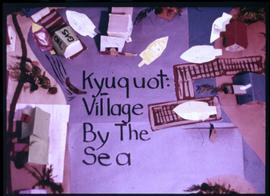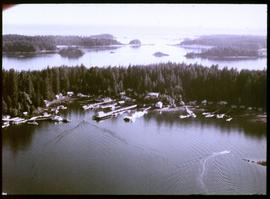File consists of slides depicting Minn Sjolseth's paintings and labeled "Longhouse Posts Totem, Village Island, BC, 1974," "Kitwanga Village, 1967," "'Intermission' Kwakiutl, 1974," "Kwakiutl Totems, Alert Bay 1971,", "Last Totem of Skidegate QCI," "Native Cariboo Child, 1973," "Final Rest 1973," "Kwakiutl Totem 1973," "Dominic Charlie, Weather Prophet, Squamish Tribe, 1972," "Wilderness Watch, 1973," and "Basket Weaver." Many of these paintings depict individuals also photographed by Anthony Carter for his book publications.

